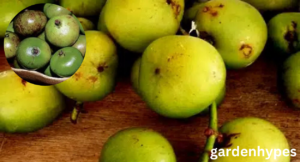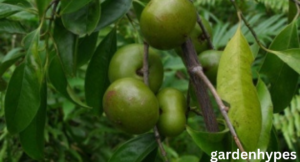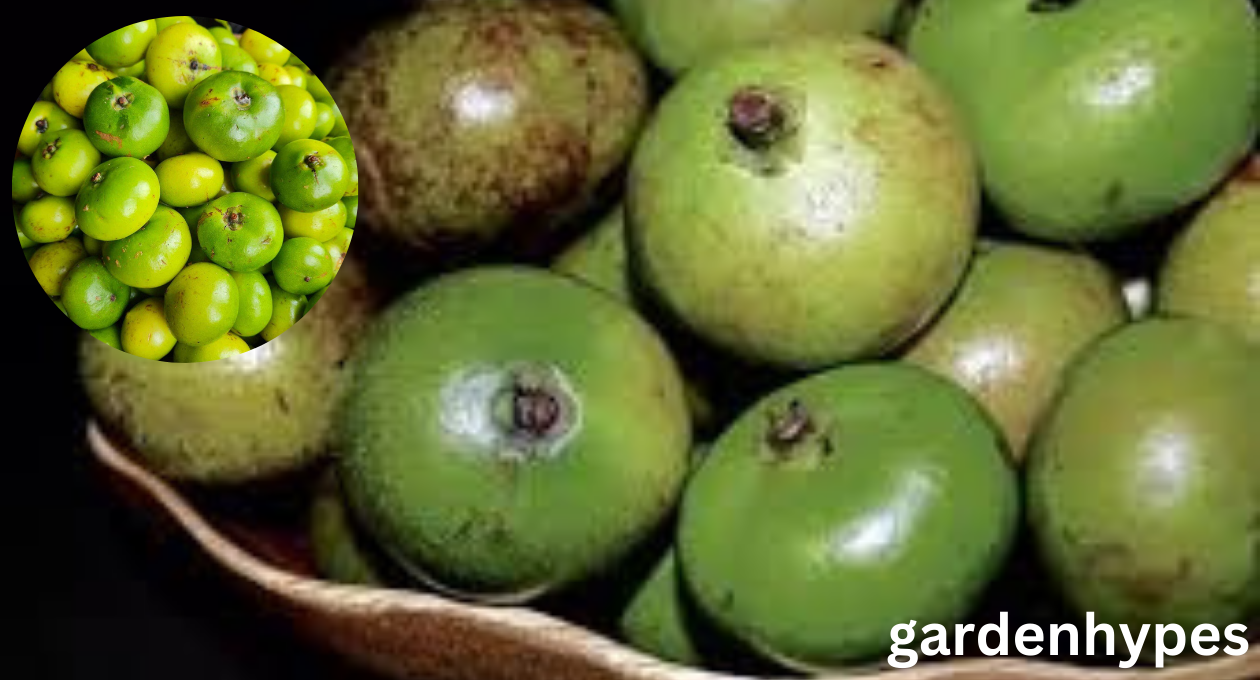Batuan Fruit A Unique Filipino Sour Delight
Introduction to Batuan Fruit
Ever heard of the batuan fruit? If you haven’t, don’t worry—you’re not alone. This small, green, sour fruit may not be on every global grocery list, but in the Philippines, it holds a special place in kitchens and hearts. Let’s dig into why batuan deserves your attention.
click in link cucumber a fruit
What is Batuan Fruit?
Batuan (Garcinia binucao) is a tropical fruit native to the Philippines, especially in the Visayas region. Known for its sour and tangy flavor, it’s a prized ingredient in many traditional Filipino dishes. Unlike common souring agents like tamarind or calamansi, batuan adds a distinct depth of flavor that food lovers rave about.
Where is Batuan Found?
Batuan thrives in the lush, tropical areas of the Philippines, particularly in provinces like Iloilo and Negros. You’ll most likely find it in wet markets or home gardens rather than large grocery stores. It’s relatively rare, even within the country, making it a true hidden gem.
Why is Batuan Lesser Known Globally?
The lack of commercial farming and export efforts has kept batuan out of the international spotlight. Also, since it’s mainly used as a souring agent, it’s often overshadowed by more popular options like lemons and vinegar. But once you taste it, you’ll realize it’s a game changer.
Botanical Background
Scientific Classification
- Scientific Name: Garcinia binucao
- Family: Clusiaceae
- Genus: Garcinia
This fruit belongs to the same family as the more well-known mangosteen, making it part of a botanical group famous for flavorful fruits.
Physical Description
Batuan fruit is about the size of a ping-pong ball, round, and usually green even when ripe. Its outer skin is firm and smooth, while the inside is juicy and sour—perfect for cooking!
Growth Conditions and Seasonality
Batuan trees love tropical climates with lots of rain and sun. They usually bear fruit in the rainy season, typically between May and August. These trees can grow up to 15 meters tall, so they’re quite the sight!
Nutritional Value and Health Benefits
Vitamins and Minerals in Batuan
Batuan may be small, but it packs a nutritional punch. It’s rich in:
- Vitamin C (great for your immune system)
- Iron (helps in blood production)
- Calcium and Potassium (supports bone and heart health)
Antioxidant Properties
Batuan is loaded with antioxidants, which help fight off free radicals in the body. That means better skin, improved metabolism, and potentially lower risks of chronic diseases.
Traditional Medicinal Uses
In folk medicine, batuan has been used for:
- Digestion aid
- Appetite stimulant
- Fever reducer
While more studies are needed, locals swear by its health-boosting powers.
click in link cucumber a fruit

Culinary Uses of Batuan
How Batuan is Used in Filipino Cuisine
If you love Filipino food, you might have already tasted batuan without even knowing it.
Sinigang and Other Soups
Batuan is a go-to souring agent for dishes like sinigang na baboy (pork sour soup) and kadyos-baboy-langka (a Visayan specialty). It brings a richer, rounder sourness compared to tamarind.
Pickled Batuan
Locals often pickle batuan in brine or vinegar to preserve it for off-season use. It adds a zesty zing to grilled meats and fried dishes.
Creative Ways to Use Batuan in Modern Recipes
Batuan in Sauces and Marinades
Try blending batuan pulp into barbecue sauces or marinades. It enhances the flavor and naturally tenderizes meat.
Batuan as a Meat Tenderizer
Thanks to its acidity, batuan breaks down tough meat fibers, making it a natural, chemical-free tenderizer.
Cultural and Historical Significance
Batuan in Filipino Heritage
The use of batuan is passed down through generations in Filipino households. In some areas, recipes using batuan are considered heirloom dishes.
Folklore and Beliefs Around the Fruit
Some believe that batuan trees bring good fortune. Others say they must be planted on specific dates for good harvests. Whether you believe it or not, it adds to the charm.
How to Grow Batuan
Soil and Climate Requirements
Batuan thrives in well-drained, loamy soil and humid environments. It prefers partial to full sun and lots of moisture.
Propagation Techniques
The fruit can be propagated by seeds, but it takes patience—it may take years before a tree bears fruit. Grafting or air layering speeds things up.
Harvesting and Storage Tips
Harvest batuan when they’re firm and green. They can be stored in a cool place or pickled for extended shelf life.
Sustainability and Economic Potential
Local Farming and Market Demand
There’s a growing demand for batuan among foodies and health-conscious consumers. Supporting its cultivation can benefit small-scale farmers.

Export Potential
With proper processing (like turning it into paste or concentrate), batuan has huge export potential. The global market is ripe for exotic, healthy, and flavorful ingredients.
Challenges Faced by Growers
Farmers face issues like limited access to funding, lack of awareness, and minimal government support. With more exposure, this could change.
click in link cucumber a fruit
Conclusion
Batuan may not be a fruit you find in your average supermarket, but it’s definitely one worth exploring. With its bold flavor, nutritional benefits, and deep cultural roots, batuan is more than just a souring agent—it’s a taste of Filipino heritage. So next time you come across it, don’t pass it by. Embrace the sour and enjoy the story it brings with every bite.
FAQs
- What does batuan taste like?
Batuan has a distinct sour and tangy flavor, slightly earthy and less sharp than tamarind or vinegar. - Can you eat batuan raw?
It’s technically edible raw, but due to its sourness, it’s usually cooked or pickled before consumption. - Is batuan good for weight loss?
Yes! Its low-calorie and high-antioxidant content make it a great addition to a weight loss diet. - Where can I buy batuan fruit?
You can find it in local markets in the Philippines, especially in the Visayas region, or through specialty Filipino food suppliers. - How do I store batuan for long-term use?
Batuan can be pickled or turned into paste for long-term storage. You can also freeze the pulp in ice cube trays for easy use.
